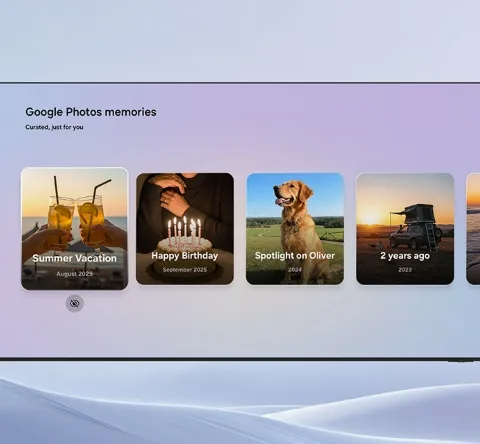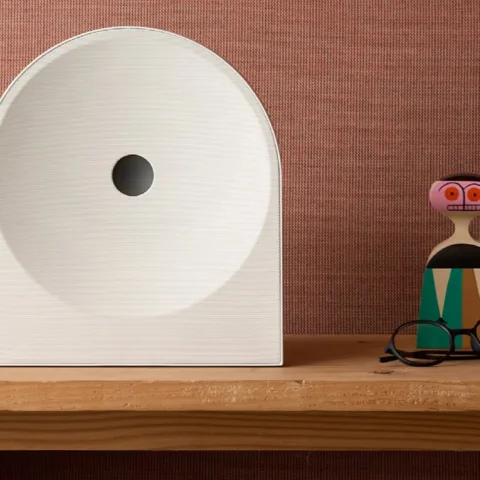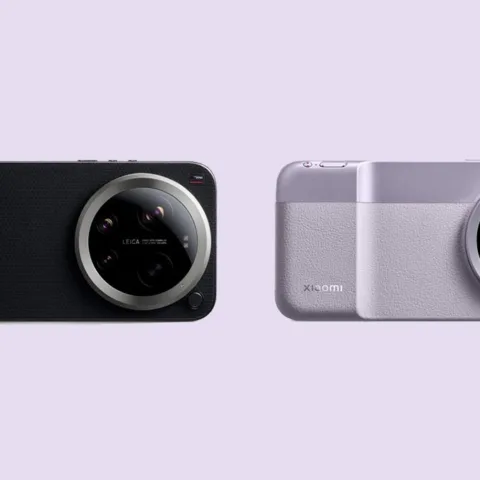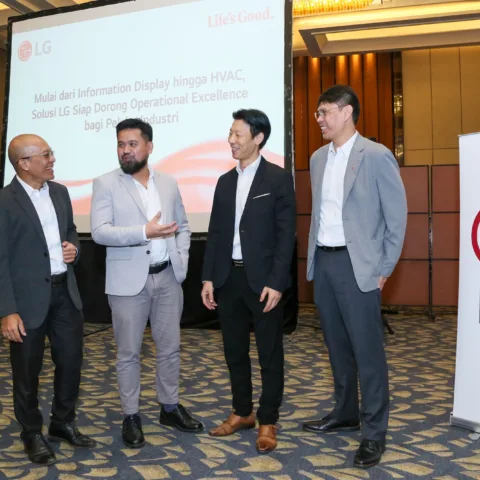In a memo to shareholders, Microsoft CEO Steve Ballmer indicated that the company will be building hardware for its own software when it deems necessary, just like how it has built XBox consoles and the upcoming Surface tablets running Windows 8. This undoubtedly means that it will eventually build its own mobile phones running Windows Phone. While most people see this as a taking the Apple playbook of building software and hardware in-house, it’s actually more reminiscent of Twitter.
Twitter this year took control of its user experience and enforced new requirements for third party developers that essentially alienates Twitter apps that offer an alternative way for people to use Twitter instead of using the official apps.
Microsoft’s decision to build the Surface tablets was also based on its desire to deliver a consistent user experience in using Windows 8. This move was evident initially when it released common hardware requirements for mobile phone manufacturers who want to build Windows Phone devices back in 2010. It is also evident from the fact that every Windows Phone, regardless of brand, works and looks the same way. The only differences being the built in apps and the physical appearance.
More recently, Microsoft has been rumored to be building its own Windows Phone devices and could be introducing its first self-branded device very soon. By taking control of the user experience of its software, while it is reminiscent of Apple’s strategy, given that Microsoft has always been partnering with vendors to provide hardware for its software solutions, it’s more akin to Twitter pushing away particular developers and apps by providing its own experience.
Twitter is effectively saying that there can only be one true Twitter experience. Developers can create services and tools that take advantage of Twitter’s data and posts uploaded by its users but developers are being strongly discouraged to create apps that compete with Twitter’s own apps.
Nobody is making XBox hardware other than Microsoft and the company has enjoyed a market leading position especially since the Kinect add-on was released in 2010. Clearly Microsoft must have realized that this strategy could work for its software business and so it tried it with Windows Phone before applying it to the rest of the Windows family.
As revealed by the Home Shopping Network earlier this week, some of the PCs that carry Windows 8 will unfortunately also carry crapware, additional software deemed necessary by the vendor but not endorsed by Microsoft. Additional apps like these add bloat, and often non-removable, causing slowdowns and distractions to consumers when using their computers.
In order to ensure that Windows 8 computers are delivered as is to the consumers without any additional software that may taint the experience, it would require Microsoft to build and sell its own hardware. With Microsoft Stores popping up across the United States and perhaps eventually across the world, the company will have had the all important retail space to show off its own devices.
At the moment, Microsoft Stores are not traffic magnets but that’s probably because people are not that interested in trying out the products on offer. It needs to reverse that lackadaisical consumer attitude and having compelling products of its own would go some ways towards renewing public interest.
Microsoft can learn from Twitter’s mistake of offering an official yet inferior product compared to competing third party products which offer a much better user experience and carry far fewer flaws.










